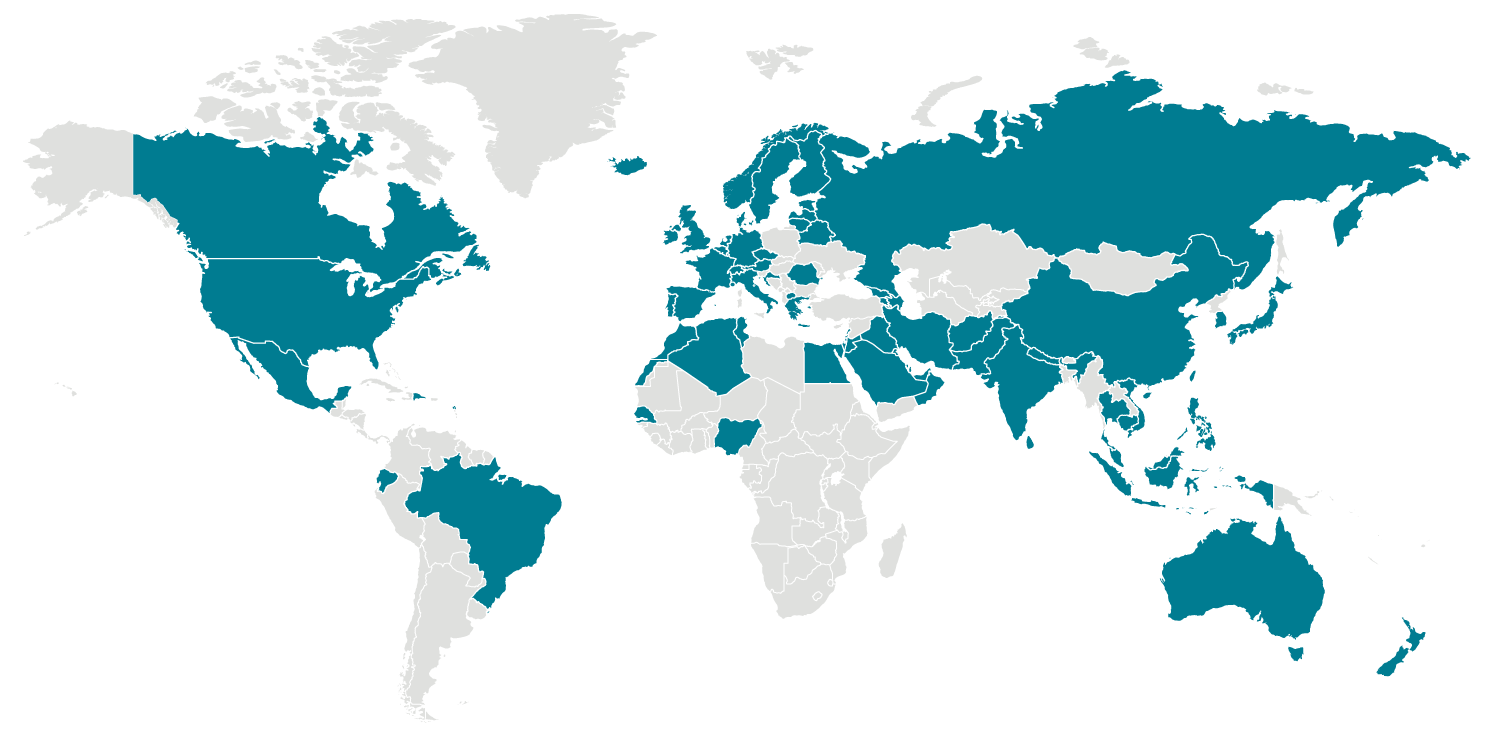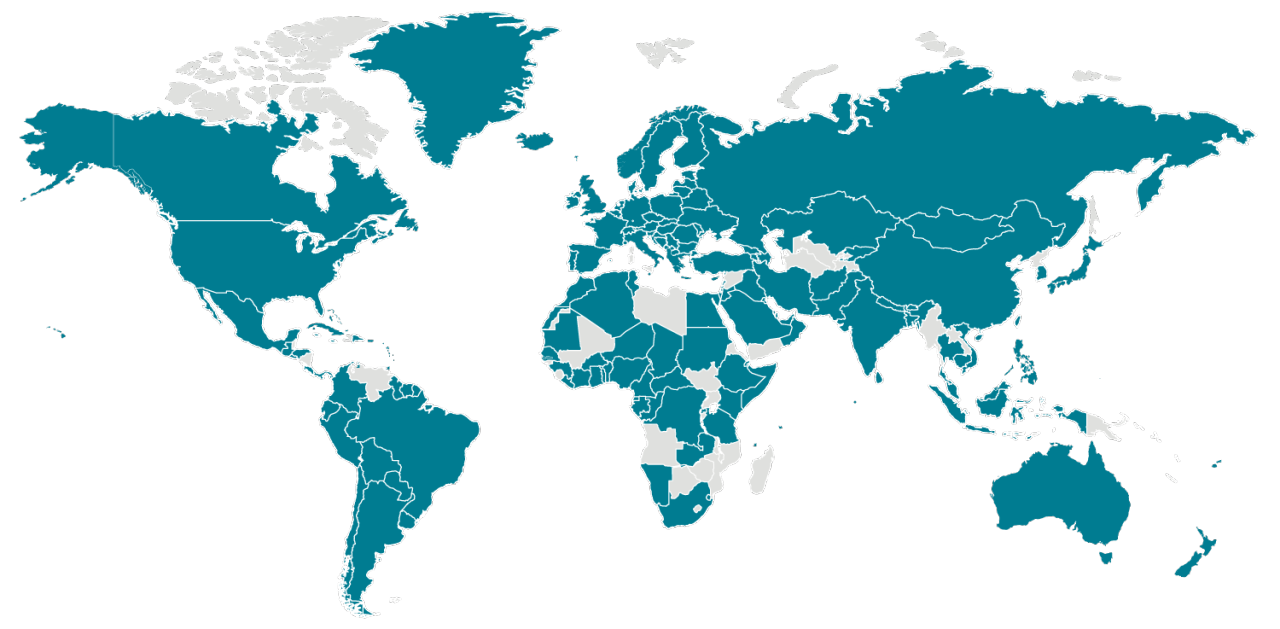Coronavirus🧫 Disease 🧪2019
(CO.VI.D.-19)
This is an emerging, rapidly evolving situation and CDC will provide updated information as it becomes available, in addition to updated guidance.
Locations with Confirmed COVID-19 Cases
Global Map
As of 11:00 a.m. ET March 3, 2020

Global Map
As of 12:00 p.m. ET March 20, 2020

Background
CDC is responding to an outbreak of respiratory disease caused by a
novel (new) coronavirus that was first detected in China and which has
now been detected in almost 70 locations internationally, including in
the United States. The virus has been named “SARS-CoV-2” and the disease
it causes has been named “coronavirus disease 2019” (abbreviated
“COVID-19”).
On January 30, 2020, the International Health Regulations Emergency
Committee of the World Health Organization declared the outbreak a “public health emergency of international concernexternal icon”
(PHEIC). On January 31, 2020, Health and Human Services Secretary Alex
M. Azar II declared a public health emergency (PHE) for the United
States to aid the nation’s healthcare community in responding to
COVID-19.
Source and Spread of the Virus
Coronaviruses are a large family of viruses that are common in people
and many different species of animals, including camels, cattle, cats,
and bats. Rarely, animal coronaviruses can infect people and then spread
between people such as with MERS-CoV, SARS-CoV, and now with this new virus (named SARS-CoV-2).
The SARS-CoV-2 virus is a betacoronavirus, like MERS-CoV and
SARS-CoV. All three of these viruses have their origins in bats. The
sequences from U.S. patients are similar to the one that China initially
posted, suggesting a likely single, recent emergence of this virus from
an animal reservoir.
Early on, many of the patients at the epicenter of the outbreak in
Wuhan, Hubei Province, China had some link to a large seafood and live
animal market, suggesting animal-to-person spread. Later, a growing
number of patients reportedly did not have exposure to animal markets,
indicating person-to-person spread. Person-to-person spread was
subsequently reported outside Hubei and in countries outside China,
including in the United States. Some international destinations now have apparent community spread
with the virus that causes COVID-19, including in some parts of the
United States. Community spread means some people have been infected and
it is not known how or where they became exposed. Learn what is known
about the spread of this newly emerged coronaviruses.
What You Should Know
Global case numbers are reported by the World Health Organization (WHO) in their coronavirus disease 2019 (COVID-19) situation reportexternal icon.
For U.S. information, visit CDC’s COVID-19 in the U.S.
- What You Should Knowplus
- Travel Informationplus
- Preventing COVID-19 Spread in Communitiesplus
- Information for Specific Groupsplus
- Healthcare Professionalsplus
- Resources for Healthcare Facilitiesplus
- Resources for Health Departmentsplus
- Laboratoriesplus
- Communication Resources
Information For




No comments:
Post a Comment